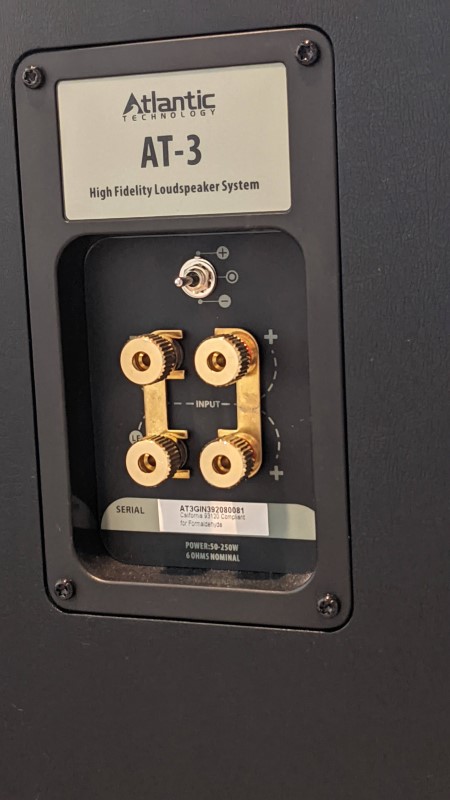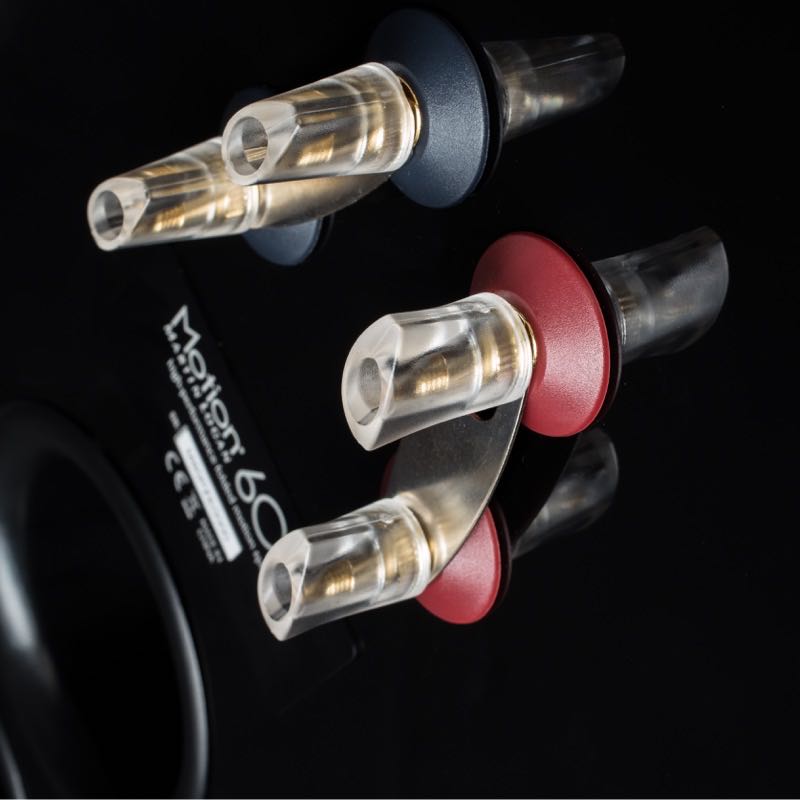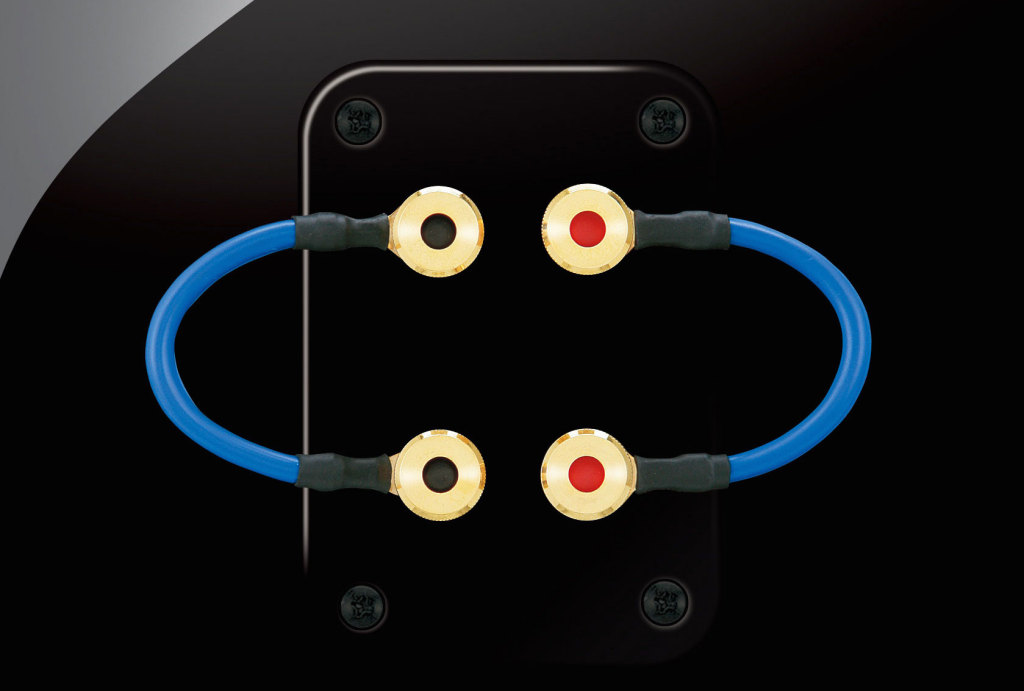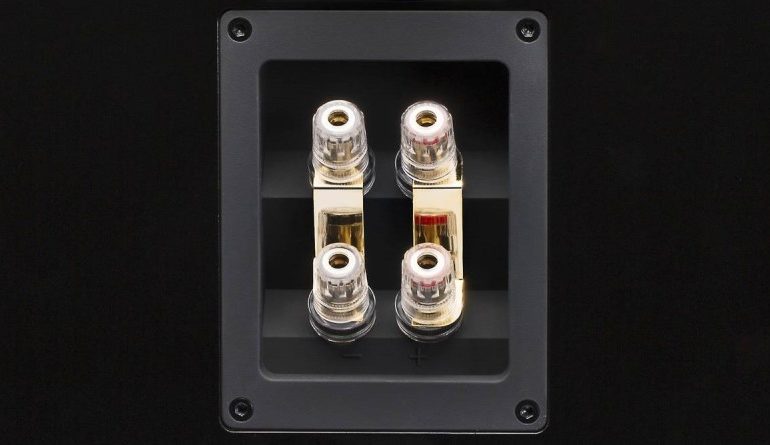Speaker with Multiple Sets of Binding Posts – How to Connect?
You’ve finally done it! After years (or maybe days) of planning, you’ve finally bought your first set of “real” home theater speakers. Not some soundbar, not some tiny cubes, real speakers. You feel so grown up! But now you are setting everything up and you realize that your speaker has more than one set of binding posts. You knew this was a possibility, but you didn’t really pay attention to this when you chose your speakers. So…what’s the deal? Should you run multiple wires for each of the binding posts? How does this work? Let’s discuss.
Why Multiple Sets of Binding Posts?
The idea behind multiple sets of binding posts is simple – the different posts connect to different drivers inside the speaker. If you have a speaker with a single tweeter and a single woofer, one set of binding posts will connect to each. If you have multiple drivers, then one set will be for the treble, the other for the bass. And yes, there can be more than two sets of binding posts on a speaker. It just depends on the speaker.
For the purposes of our discussion, we will assume you have two sets of binding posts. One (the top) will lead to the treble, and the second (lower) will lead to the bass. Usually, there will be a metal jumper between the two. One jumper will connect the red binding posts together. A second will connect the black posts.


Connecting Speaker Wire
There are three ways you can use your binding posts. The first way is to leave the metal jumpers in place and run speaker wire from your amplifier (inside your AV receiver or an external one if you have it) to your speakers. This is how you would connect a speaker that only had one set of binding posts. A single wire from the red terminal on your amplifier to one of the two red terminals on the speaker. Same with the black.
The second method is to run two sets of speaker wires from your amp. Both sets are connected to the same amplifier channel but one terminates at the top binding posts and the other at the bottom binding posts. This is called “bi-wiring” because you are using two sets of wires from the same amplifier channel. You can either leave the jumper in place or remove it. Since both wires are connected together at the amp side, it doesn’t really matter.
The last method is to use two multiple amplifier channels and run a single speaker wire from each channel to each set of binding posts. To do this, you either need an AV receiver that can repurpose a surround channel (that you are not using) or you must add an external amplifier to your system. This is called bi-amping as you are using two (in our example) amplifiers to power the same speaker.

What is the Best Method?
Perhaps surprisingly, the best method is nearly always the first we mentioned. Running a single speaker wire to your speakers with the metal jumpers in place is all you really need. The bi-wiring method does little more than increase the effective gauge of your wire. This does reduce resistance but that won’t affect the sound quality.
You may think that bi-amping would have an impact. Unfortunately for those that want you to spend more on your home theater system, that isn’t the case. The simple truth is that the tweeter just doesn’t require that much power. Most of the amp power is needed to move those larger woofers for the bass. Doubling your amplifier power doesn’t make much sense. You are unlikely to hear any difference that can’t be attributed to psychological reasons (meaning you wouldn’t be able to pick them out in a blind test).
Why Do Manufacturers Still Include Multiple Binding Posts on Their Speakers?
There are many answers to this question and none of them have to do with increased performance. There was a time, very long ago (think 1960’s or so) when amps just weren’t that good. They often had a hard time providing power to the entire frequency range. Splitting the range and sending it to different amplifiers did make an audible difference. But that just isn’t true anymore.
But seeing multiple sets of binding posts on the back of a speaker has become a sign of quality. It costs the manufacturers nearly nothing but it conveys quality to the buyer. It looks fancy, many customers expect it, and a few still believe that bi-wiring/amping will make a difference. And that belief helps them hear a difference even when there is no real objective data that supports their conclusion.
How do you use your dual (or more) binding posts? Let us know in the comments or on our Facebook page!


